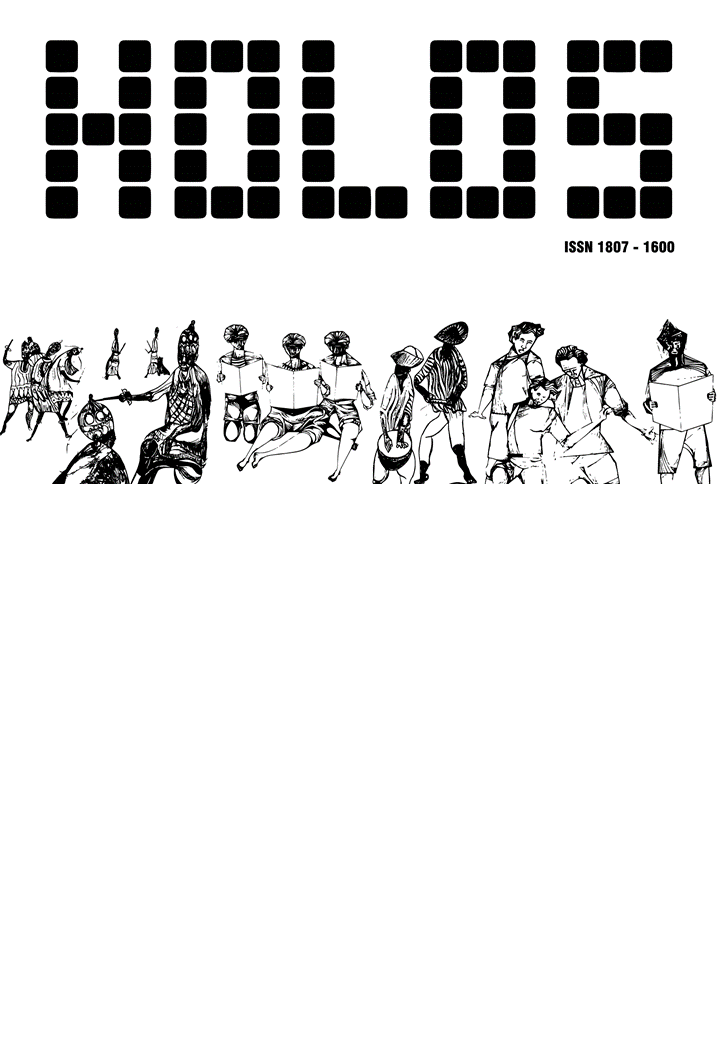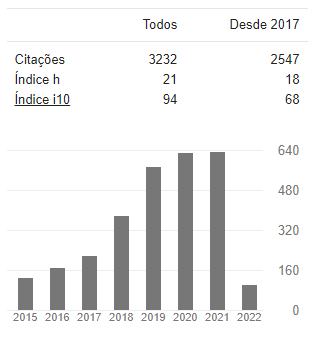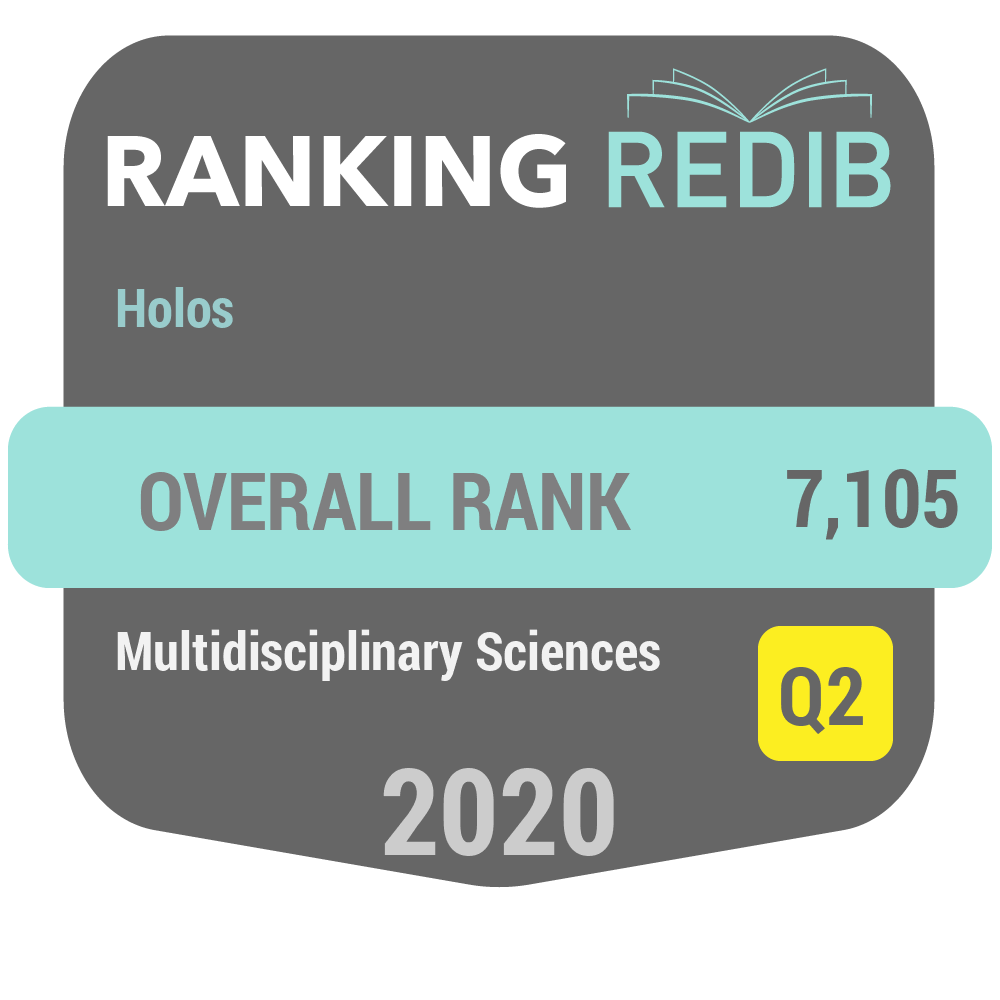Estimation of greenhouse gases (GHG) emissions from a ball mill by life cycle assessment (LCA) method
Palavras-chave:
life cycle assessment, greenhouse gases, mining, ball mill, electricityResumo
A significant amount of greenhouse gases (GHG) related to the consumption of electricity is generated by the grinding process in the mining industry. Therefore, in this study was quantified by the LCA method the GHG emission produced by a ball mill designed to grinding phosphate rock from Angico dos Dias deposit, Brazil. This impact category related to climate change was evaluated in two different scenarios: Electric power system supplying the mill, and a diesel fuel-based engine and generator powering the mill. The design of the ball mill for this study was carried out through the Bond and Rowland method. The followings operational parameters were established: wet grinding in a closed circuit, 480 ton/h of flow rate, F80 = 2.204 mm, P80 = 0.212 mm, and WI=10.13 kWh/ston. The Functional Unit selected for the estimation in both scenarios is “One ton of phosphate rock ground”, considering a process gate-to-gate. The power consumption of the designed ball mill is 5.29 kWh/ton (3,402 hp of power). For the first scenario 0.661 kg of GHG is released to grind one ton of Angico’s phosphate rock in the mill designed. The annual emission is 2,779 tons of GHG. On the other hand, concerning the second scenario was estimated 1.29 kg/tonore of GHG produced, resulting in an annual emission of 5,424 tons. Therefore, emissions of a diesel fuel-based engine and generator are approximately twice the quantity of GHG released by the electric power system.
Downloads
Referências
Duruncan, S.; Korre, A.; Melendez, G. M. (2006). Mining life cycle modelling. A Cradle-to-gate approach to environment management in the minerals industry. Journal of Cleaner Production, v. 14, p. 1057-1070.
Ferreira, H.; Leite, M.G.P. (2015). A life cycle assessment (LCA) study of iron ore mining. Journal of Cleaner Production, v. 108, p. 1081-1091.
Fuerstenau, D. W.; Abouzeid, A. Z. M. (2002). The energy efficiency of ball milling in comminution. Int. J. Miner. Process, v. 67, p. 161 – 185.
Gupta, A.; Yan, D.S. (2016). Mineral Processing Design and Operations. An Introduction. Elsevier, 2 ed., p.882.
Hauschild, M.; Jeswiet, J.; Alting, L. (2005). From life cycle assessment to sustainable production: status and perspectives. Annals of the CIRP, v. 54, n. 2, p. 1-21.
Mata, C. E. D.; Pereira, C. A.; Silva, A. C.; Sousa, P. L. R. (2020). Characterization of the Angico dos Dias alkaline-carbonatite complex for phosphate rock processing. Journal of Material Research and Technology, v. 9, n. 6, p.12236–12243.
Miranda, M.M. (2012). Fator de emissão de gases de efeito estufa da geração de energia elétrica no Brasil: implicações da aplicação da avaliação do ciclo de vida. [Master’s thesis]. Escola de Engenharia, USP, São Carlos, p.162.
Norgate, T.; Haque, N. (2010). Energy and greenhouse gas impacts of mining and mineral processing operations. Journal of Cleaner Production, v. 18, n. 3, p. 266-274.
Rebitzer, G., Ekvall, T., Frischknecht, R., Hunkeler, D., Norris, G., Rydberg, T., Pennington, D. W. (2004). Life cycle assessment. Environment International, v. 30, n. 5, p.701–720.
Schoenert, K. (1986). On the limitation of energy saving in milling. 1st World Congress Particle Technology, Part II, Comminution, Nurnberg.
Wills, B. A.; Finch, J. A. (2016). Wills‘ Mineral Processing Technology – An introduction to the practical aspects of ore treatment and mineral recovery. Elsevier, 8° ed., p.495.
Downloads
Publicado
Como Citar
Edição
Seção
Licença
Copyright (c) 2022 HOLOS

Este trabalho está licenciado sob uma licença Creative Commons Attribution-NonCommercial-NoDerivatives 4.0 International License.





































